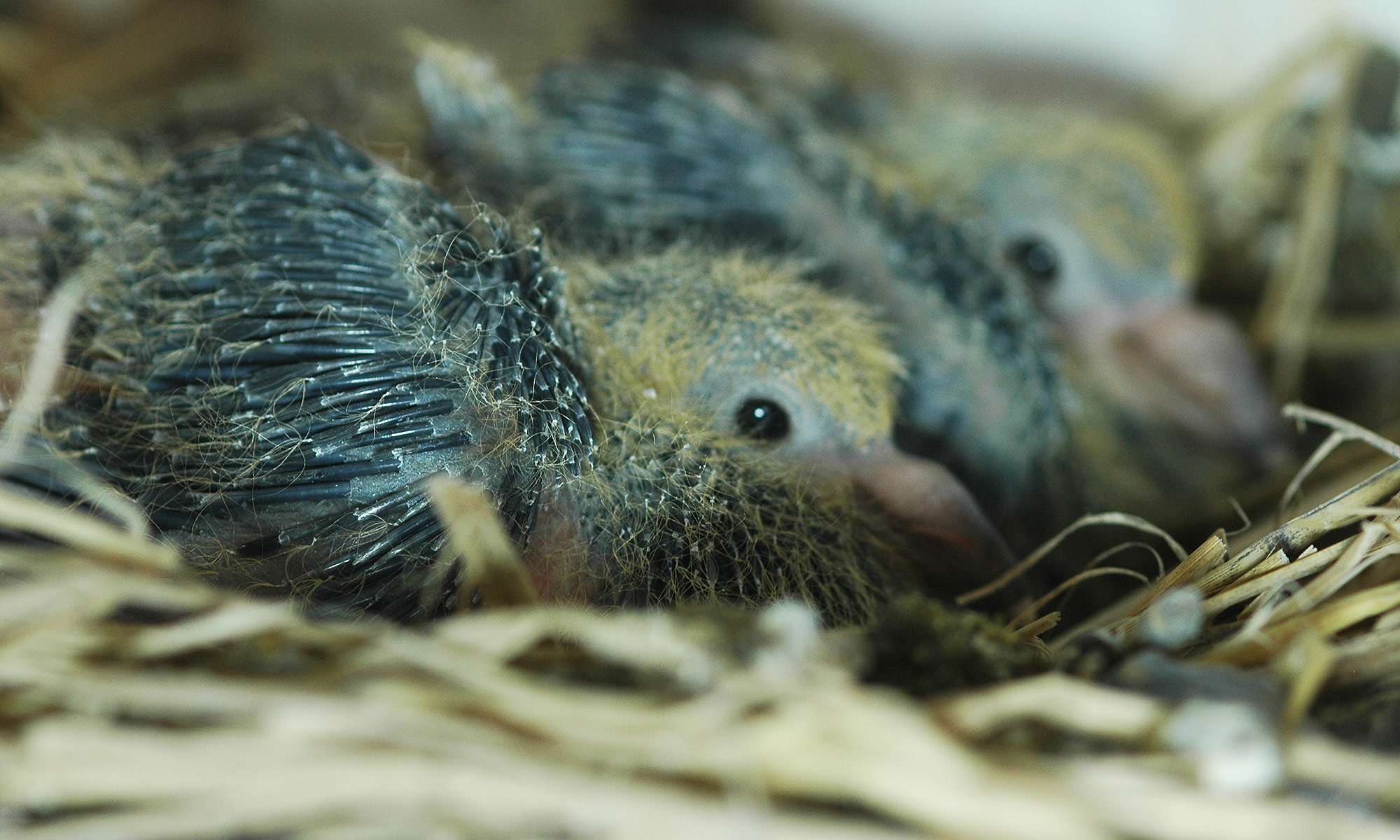
One of the key elements in pigeon breeding is the breeder's experience and intuitive ability to select the right birds. In the past, pigeon breeders who developed their own lines used race results to select breeders, but they also relied on sensory skills to choose the right birds. This ability was developed over years of experience, as breeders learned to identify the traits and characteristics that were most likely to result in good performance. As a result, they often produced pigeons with similar traits and abilities, even without relying solely on race outcomes.
Past Sensory Selection Skills In the past, pigeon breeders didn't just base their selection on race results alone. They also considered a bird’s traits, appearance, and behavior. The selection process took into account not just the pigeon’s performance in races but also its physical and behavioral characteristics. Breeders developed a keen sense of which traits contributed to a bird's racing ability, and this intuition allowed them to choose pigeons that performed consistently well.
Through this method, they focused on maintaining and improving specific bloodlines over generations. The breeding process often resulted in birds with similar performance and appearance, leading to the development of lines that consistently produced good race pigeons. This approach was crucial in maintaining consistent genetic quality in racing pigeons, and it helped breeders create reliable, high-performing lines.
Recent Shift: Emphasizing Race Performance However, in recent years, the selection criteria for breeding have shifted significantly. While in the past, maintaining lines and relying on sensory selection skills were essential, now race performance has become the top priority. When exceptional pigeons perform well in races, many breeders focus on purchasing these pigeons and crossbreeding them with other lines, rather than continuing to emphasize the preservation of established bloodlines.
This shift has led to a growing trend where breeding is focused on crossbreeding birds with outstanding race results, often at the expense of maintaining specific lines. While this approach may maximize performance in the short term, it has reduced the emphasis on the long-term development of stable lines.
Advancements in Genetic Testing: The Emergence of a Scientific Approach At the same time, genetic analysis has become a valuable tool in pigeon breeding. As researchers have identified certain genes that influence race performance and physical traits, breeders can now use genetic testing to select pigeons with the best genetic potential. This has introduced a more scientific approach to breeding, complementing the breeder’s sensory skills.
Research has shown that specific genes such as DRD4, F-KER, LDHA, and MSTN play a role in the physical and performance characteristics of racing pigeons:
1. DRD4 (Dopamine Receptor D4) DRD4 is linked to dopamine receptors and affects motivation and stress resilience. This gene plays a significant role in a pigeon’s focus and performance during races.
2. F-KER (Keratin, Type II) The F-KER gene is related to feather structure and quality. This gene influences the durability, texture, and overall condition of a pigeon’s feathers, which are critical for aerodynamic efficiency during races.
3. LDHA (Lactate Dehydrogenase A) LDHA is essential for endurance and recovery, affecting a pigeon’s ability to perform in long-distance races and recover quickly.
4. MSTN (Myostatin) MSTN is associated with the regulation of muscle growth and can impact a pigeon’s muscle mass, which is important for balancing strength and endurance in racing.
Combining Genetic Analysis and Sensory Skills Today, genetic analysis and sensory skills go hand in hand in pigeon breeding. With the ability to conduct genetic tests, breeders can identify the genetic potential of their birds, while still relying on their instincts to select pigeons with the right traits for successful racing. The genetic data helps improve accuracy and efficiency in selection, while the breeder’s experience ensures that the pigeons are not just genetically capable but also have the necessary behavioral traits for success.
Conclusion In pigeon breeding, the combination of sensory selection and genetic analysis has created a more efficient and precise breeding process. While intuition and experience are still vital, genetic testing provides an additional layer of scientific accuracy, allowing breeders to select pigeons with the best potential for high performance and endurance. This blend of art and science has allowed pigeon breeding to evolve into a more scientific and refined practice, ensuring that the best racing pigeons are bred for both the present and the future.
| 
